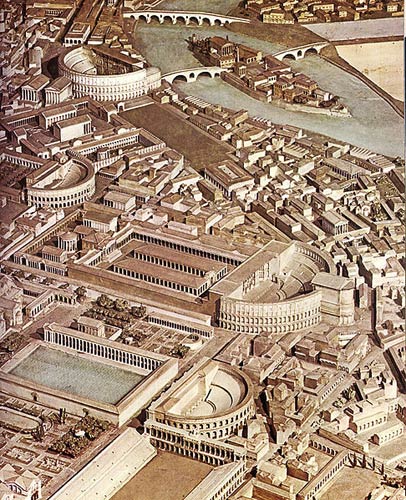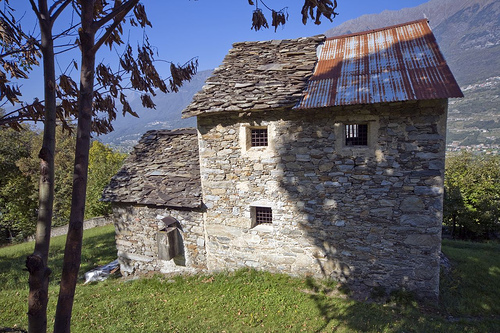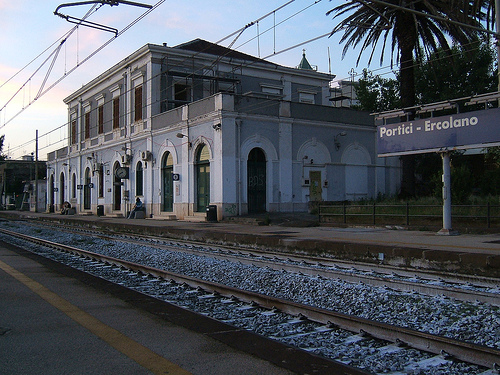How the Pantheon is related to the Italian census: a bit of history and interesting results of the 2011 census
A bit of history…
Etymologically the word ‘census’ derives from the Latin word censere (“to estimate”). In ancient Rome the census, or recording on civic lists, was obligatory and any person who was voluntarily absent from the census was considered incensus and risked imprisonment or death. The census played a crucial role in the administration of the Roman Empire, as it was the base by which people were grouped into classes or tax categories, each with their own duties and privileges. The practice is believed to have been instituted by the Roman king Servius Tullius in the 6th century BC. With few interruptions, it was usually carried out every five years.

In the first centuries after the founding of Rome, the operation took place on the Campus Martius, outside the city walls, in order to extend participation to citizens in the army who were prohibited from entering the city. A religious festival, the lustrum, took place at the end of the census. Later the term lustrum, by extension, came to mean the period of time between two censuses and later ‘five years’ ( in Italian). The most notable monument of the Campus Martius yet extant is the Pantheon.

In unified Italy, the earliest census was taken in 1861. Censuses have been taken every ten years since then.
The 2011 census results….
Results of the latest census placed Italy’s population at 59.5 million, which is an increase of 4.3% as compared to the previous census of 2001 and three times as much as the population of Italy in 1861. Foreigners with regular residence status in Italy account for 6.34% in this number, which is three times more than ten years ago. Women outnumber men in the total population by 1.962.760, which means that there are 52 women for every 100 inhabitants. The number of households has increased by 12.39%, but the average size has fallen from 2.6 to 2.4 people per household, which reflects Italy’s low birth rate (one of the lowest in Europe and in the world).

46% of the citizens live in the Nord, 19% in the Center and 35% in the South and in the islands. The fact that Italy has kept much of its authentic character also translates in the numbers: 70% of the 8.092 Italian municipalities have a population of less than 5,000 inhabitants and 77% of the population lives in towns with less than 100,000 inhabitants. However, immigration from South to Center and North has steadily increased over the past 10 years: 70% of the municipalities in the Center and North have seen an increase in their population growth, while 60% of the municipalities in Southern Italy and in the islands have registered a decrease.

The least populated town is Pedesina (Sondrio) in Lombardy with only 30 inhabitants, while the most populated town is Rome with 2.612.068 inhabitants. Rome is also the largest town of Italy with a surface of 1.307,7 km2, while Portici (Naples) is the most densely populated one with 12.311 inhabitants per km2. The smallest town of Italy is Fiera di Primiero (Trento) with just 0,2 km2.






Thank you..I loved reading this article and seeing these wonderful photos..I loved visiting Rome and all of Italy from Naples to Lugano, Switzerland..and my family’s home in San Zeno di Montagna..near Verona..Italy is breath taking…